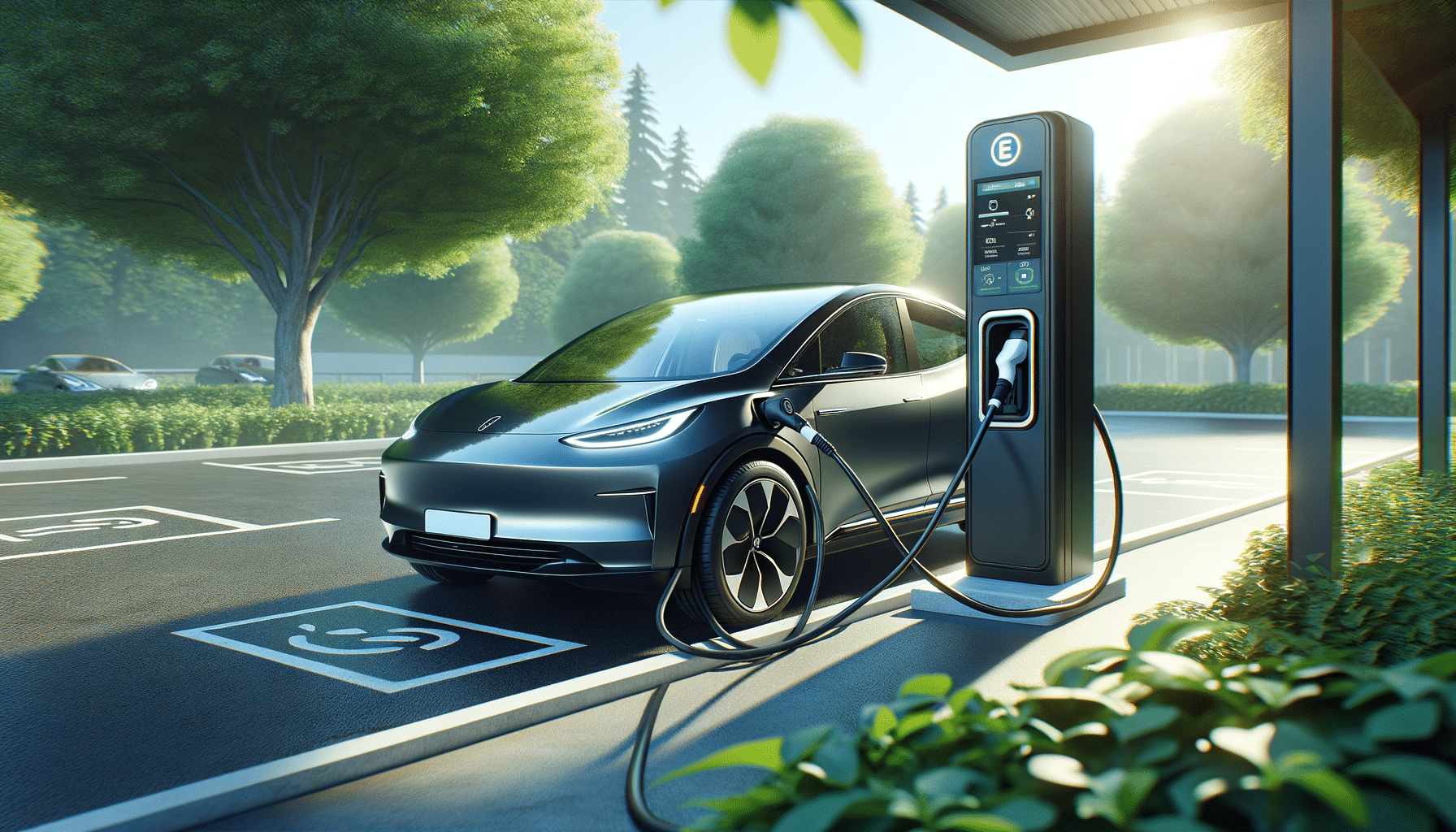
Exploring the World of Electric Cars: Types, Charging Options, and Benefits
Introduction to Electric Cars
As the world shifts towards more sustainable energy solutions, electric cars have emerged as a viable alternative to traditional gasoline-powered vehicles. They promise not only to reduce the carbon footprint but also to offer a more economical way of traveling. With the increasing availability of models and charging options, electric cars are becoming more accessible to a broader audience. This article delves into the various types of electric cars, the charging options available, and the benefits these vehicles bring to both drivers and the environment.
Types of Electric Cars
Electric cars come in several forms, each offering unique features and benefits. The primary types include Battery Electric Vehicles (BEVs), Plug-in Hybrid Electric Vehicles (PHEVs), and Hybrid Electric Vehicles (HEVs).
Battery Electric Vehicles (BEVs): These are fully electric cars that rely entirely on electric power stored in batteries. They do not have a gasoline engine and therefore produce zero emissions. BEVs offer a quiet and smooth driving experience, with models providing various ranges to suit different needs.
Plug-in Hybrid Electric Vehicles (PHEVs): PHEVs combine a gasoline engine with an electric motor and battery. They can be charged via an external power source, allowing them to run on electric power for short distances. Once the battery is depleted, the gasoline engine takes over, providing extended range and flexibility.
Hybrid Electric Vehicles (HEVs): Unlike PHEVs, HEVs cannot be charged externally. They utilize a gasoline engine and an electric motor, with the electric power being generated through regenerative braking and the engine itself. HEVs offer improved fuel efficiency compared to traditional vehicles but do not provide the same environmental benefits as BEVs.
Each type of electric car caters to different driving needs and environmental goals, making them a versatile option for consumers.
Charging Options and Cost Factors
Charging an electric car is a crucial aspect of ownership, and understanding the available options can help drivers make informed decisions. The primary charging methods are Level 1, Level 2, and DC Fast Charging.
Level 1 Charging: This method uses a standard household outlet and is the slowest option, typically adding about 2-5 miles of range per hour. It’s suitable for overnight charging at home but may not be practical for those with longer commutes.
Level 2 Charging: Level 2 chargers require a 240-volt outlet and provide a faster charging rate, adding 10-60 miles of range per hour. These chargers can be installed at home or found at public charging stations, offering a good balance between speed and convenience.
DC Fast Charging: The fastest option, DC fast chargers can add 60-100 miles of range in just 20 minutes. These chargers are typically found at commercial locations and along highways, making them ideal for long-distance travel.
The cost of charging an electric car varies based on the electricity rates in the area, the type of charger used, and the vehicle’s battery capacity. Home charging is generally more affordable than public charging, and many utility companies offer special rates for electric vehicle owners.
Benefits for Drivers and the Environment
Electric cars offer a multitude of benefits that extend beyond the individual driver to the broader environment. For drivers, the lower running costs are a significant advantage. With fewer moving parts, electric cars require less maintenance and have lower fueling costs compared to gasoline vehicles.
Electric cars also provide a smoother and quieter driving experience, with instant torque delivering impressive acceleration. Many governments offer incentives, such as tax credits and rebates, to encourage the adoption of electric vehicles, further enhancing their appeal.
From an environmental perspective, electric cars contribute to a reduction in greenhouse gas emissions, especially when charged with renewable energy sources. They help decrease air pollution, contributing to cleaner air and improved public health.
By choosing electric cars, drivers play a part in the global effort to combat climate change, making a positive impact on the environment while enjoying the modern conveniences of advanced automotive technology.
Conclusion: A Step Towards a Sustainable Future
The transition to electric cars is a step towards a more sustainable future, offering significant benefits for both individuals and the planet. As technology advances and infrastructure improves, electric vehicles are becoming an increasingly practical choice for many drivers. By understanding the types of electric cars, the charging options available, and the numerous benefits they offer, consumers are better equipped to make informed decisions that align with their values and lifestyle needs. Embracing electric vehicles is not just a choice for the present but an investment in a cleaner, greener future.


